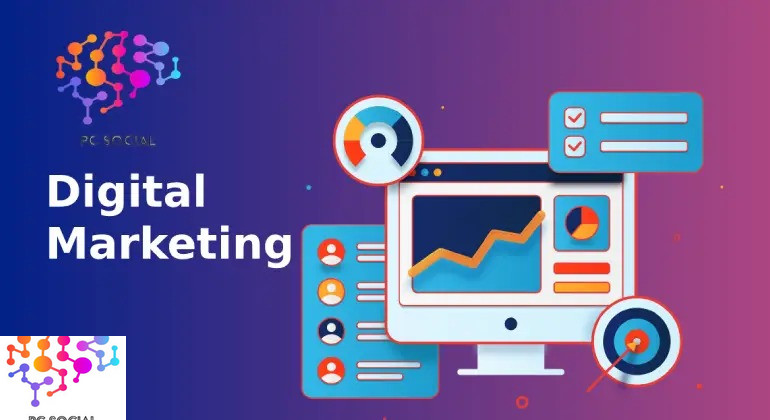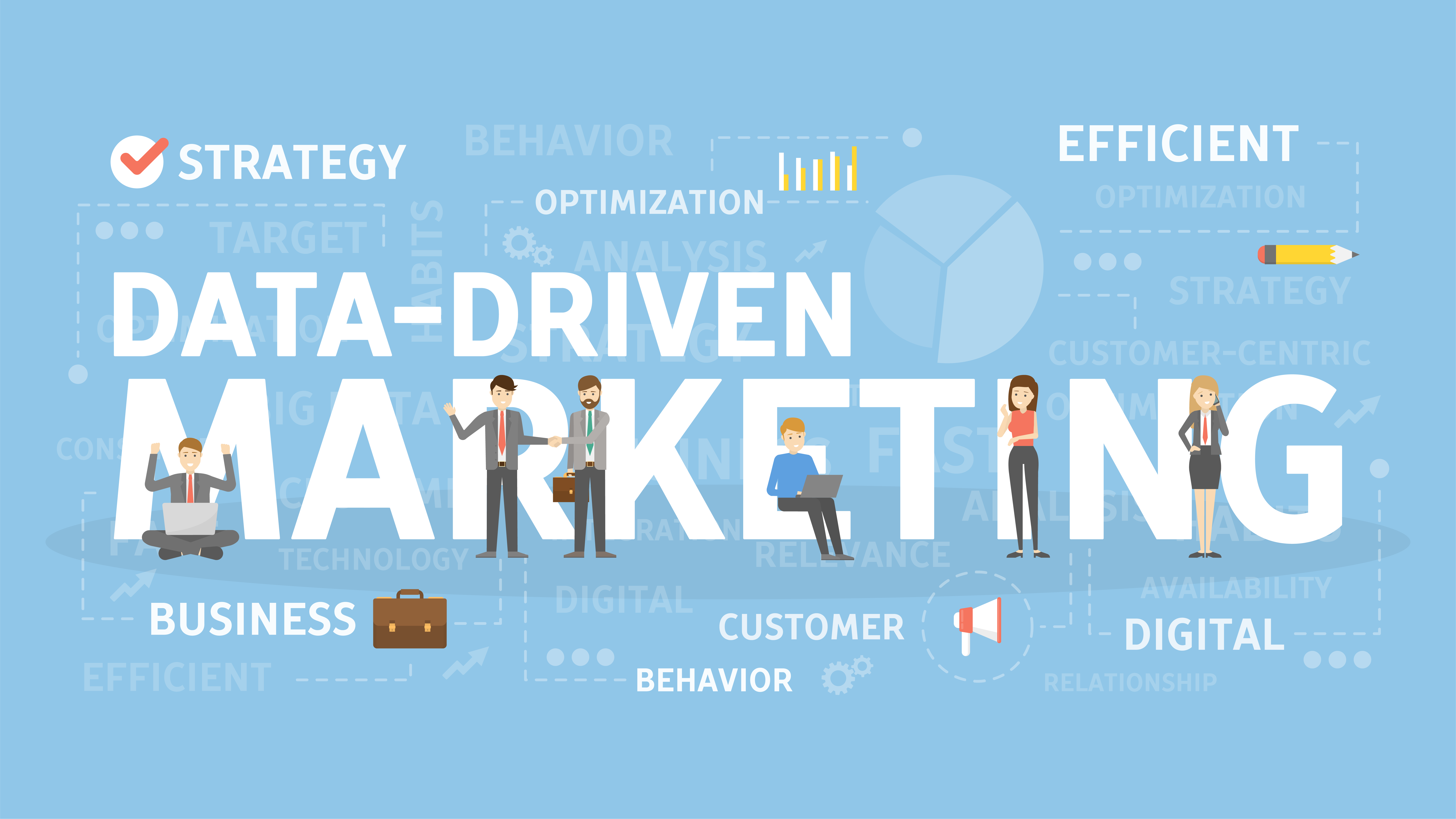The Quick Guide to Data-Driven Marketing
The Quick Guide to Data-Driven Marketing Data is the fuel that powers the modern marketing engine. But not all marketers know how to use data to their advantage. In this guide, you will learn how to: – Key data points that will help you create a data-driven marketing plan – Data analysis methods that will give you the insights you need to understand your customers better – Tools that will help you convert insights to actionable marketing tactics.
Introduction
Data is the fuel that powers the modern marketing engine. But not all marketers know how to use data to their advantage. Today, your goal should be to convert more qualified leads to profitable customers. While analytics will help you quantify customer-centric data points and use these insights to create a data-driven marketing plan, if you don’t know how to use it to create meaningful and meaningful marketing results, then you’re not going to see much impact from your analytics. This guide will guide you through the 5 steps of collecting, interpreting, and turning it into useful marketing data.
What is data-driven marketing?
Data-driven marketing is a marketing approach focused on driving sales using effective analytics and innovative marketing tactics that serve up new opportunities for your customers. By mining customer data and analyzing it in real-time, you can make better-informed decisions and find new insights that could shape your business’s future. But what exactly is data-driven marketing? Data-driven marketing is a marketing approach focused on driving sales using effective analytics and innovative marketing tactics that serve up new opportunities for your customers. By mining customer data and analyzing it in real-time, you can make better-informed decisions and find new insights that could shape your business’s future.

Before you can drive sales, you first need to understand your customer. How does she shop? What is her attitude towards her shopping habits? The answers to these questions will paint a picture of your customer persona. Then you can base your marketing strategy around solving marketing challenges for that persona. This guide will teach you ways to collect that persona’s data points and use them to design a customer-centric marketing strategy. Before you run a survey, you must identify the right audience. After you do that, send a survey to that persona and get their permission to collect data points from them, which will be used to understand them better. Here, you’ll learn how to analyze the collected data and transform the data into actionable insights that will later be used for outreach.
Before you can analyze your customer data, you need to collect it. Usually, this process involves gathering customer feedback online. Learn more about the survey content and design the survey questionnaire according to your prepared questionnaire ingredients.
Then test it with users. Send the finished survey items to the persona. Do this as often as every one to two weeks (if you distribute them monthly). Analysis of your collected data entails making more informed business decisions. You can then use these insights to conduct market research. Using the collected data, you can identify user needs and gaps in the product or service that should be addressed before releasing your product or service. Then you can develop your next marketing initiatives with a clear focus on your persona’s needs and wants.
“Every business should be built for the future, not the past.
Data-driven marketing plan
When it comes to the analysis of data, it’s not as straightforward as you might think. As a result, many marketers invest a lot of time and effort into a few key factors. But the fact is that there is so much more you can do when you properly process the data. Key data points Before you can start to conduct the proper analysis, you need to have a good set of key data points. If you don’t know what these are, you should spend some time to find out.
Before you can start to conduct data analysis, the four things you want to have in place are
- The comprehensive set of customer and customer demographic data
- A detailed understanding of your marketing funnel
- The ability to deliver relevant offers to your customers at the right time
- There are several tools available to marketers today to help with data analysis
Next, you need to consider where you are spending the most time and resources, which is the current marketing function you are performing. And finally, you need to analyze the data you have to determine if you are on track or off track to meet your business goals. You can’t focus on the right metrics without the right data to guide you. It’s no secret that all data comes in different shapes and forms, so the type of data you collect and the process can impact its usefulness.
You are determining if these goals are aligned with your marketing plan’s objectives and objectives and what for. In the beginning, you don’t necessarily need to collect all the data points for alignment purposes, but you need to ensure that you have a platform to capture and act on all the data points. Marketing Forecasting and Analytics is a great framework to start with, so you can start with their tools and data if you’re learning. First, you need to identify how your product fits your needs and your customer persona to create a data-driven marketing strategy. With your team’s help, you determine who your ideal customers are (frequently the whole company), the tasks they perform on your website/app, and the channels they use to access them (Social Media, Email, Landing Page, etc.).
Data analysis methods
Data analysis is the process of analyzing data and identifying patterns, similarities, and correlations between that data and its target audience. Data analysis helps you discover your target audience’s strengths and weaknesses, understand their buying behavior and uncover their pain points. Here are the key steps to properly analyze your customer data: Understand your customers’ goals and objectives Figure out what your customers want from you. Know what you want them to do and whom you want them to do it too. Do they want to buy something, or do they want to feel the benefit of your product or service? Knowing what your customers want helps you identify who your customer is.
Conclusion
These digital marketing tips are for a successful data-driven marketing plan. Learning how to: – Consider your customer’s journey when developing your digital marketing plan – Work with your marketing team to integrate marketing tactics across channels.




1 Comment
5 Data-Driven Marketing Strategies for Business Growth -
August 7, 2023[…] your target audience and potential customers is crucial for business growth in data-driven marketing. By unraveling customer behavior and expectations intricacies, companies can develop effective […]